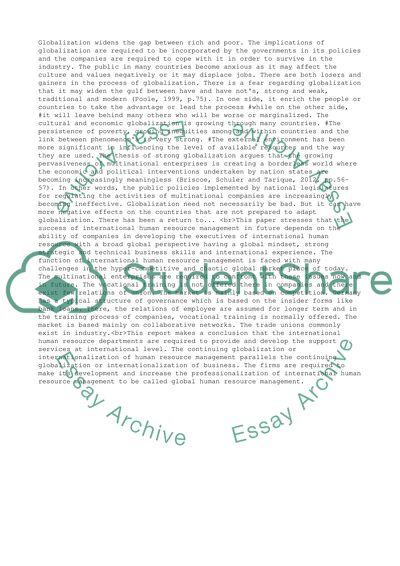Cite this document
(“Management International and Comparative HRM Essay”, n.d.)
Management International and Comparative HRM Essay. Retrieved from https://studentshare.org/management/1475854-management-international-and-comparative-hrm
Management International and Comparative HRM Essay. Retrieved from https://studentshare.org/management/1475854-management-international-and-comparative-hrm
(Management International and Comparative HRM Essay)
Management International and Comparative HRM Essay. https://studentshare.org/management/1475854-management-international-and-comparative-hrm.
Management International and Comparative HRM Essay. https://studentshare.org/management/1475854-management-international-and-comparative-hrm.
“Management International and Comparative HRM Essay”, n.d. https://studentshare.org/management/1475854-management-international-and-comparative-hrm.


